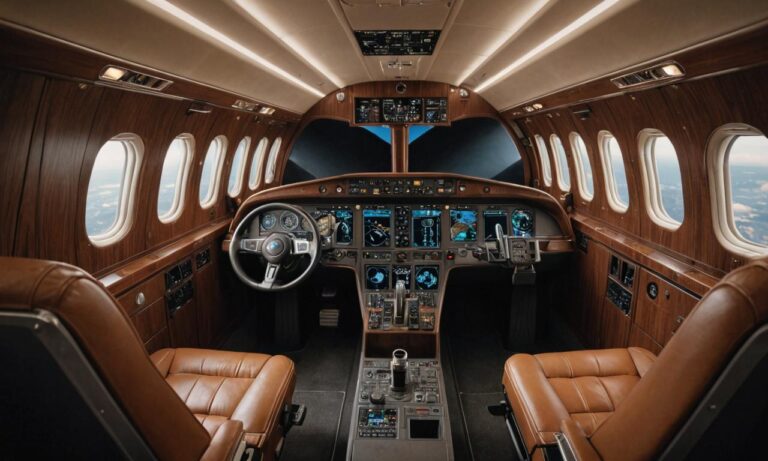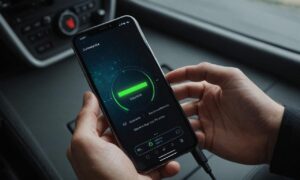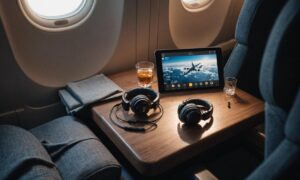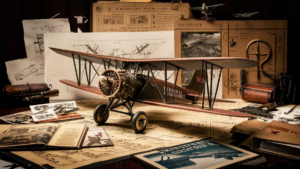Considering the acquisition of a private airplane often involves a substantial investment, prospective buyers are keen to understand the costs involved. Owning a private aircraft offers unparalleled flexibility and convenience in travel, but it’s essential to grasp the financial implications before making a purchase.
The Factors Affecting Private Airplane Costs
Several factors influence the cost of a private airplane. These include:
- Aircraft Type: The type of aircraft significantly impacts its price. From single-engine propeller planes to luxurious jets, the variety in aircraft types caters to different needs and budgets.
- Age and Condition: Older aircraft may come at a lower initial cost but could require more maintenance and upgrades, which could increase the overall expenses.
- Features and Upgrades: The inclusion of advanced avionics, entertainment systems, and luxurious amenities can substantially raise the price of a private airplane.
- Market Demand: Market conditions and demand for specific aircraft models can influence pricing.
Types of Private Aircraft and Their Costs
Private aircraft come in various shapes and sizes, each catering to different needs and budgets:
Single-Engine Piston Aircraft
Single-engine piston aircraft are generally the most affordable option for private aviation enthusiasts. Prices for new models can start from around $100,000, while used aircraft can be purchased for considerably less, depending on age and condition.
Turboprop Aircraft
Turboprop aircraft offer increased performance and range compared to single-engine piston planes. Prices for new turboprops can range from $1 million to $10 million or more, depending on the model and specifications.
Light Jets
Light jets provide speed and comfort suitable for short to medium-haul flights. Prices for new light jets typically start around $3 million and can go up to $10 million or more.
Midsize and Super-Midsize Jets
Midsize and super-midsize jets offer enhanced cabin space and range compared to light jets. Prices for new midsize jets can range from $10 million to $25 million, depending on the model and features.
Large Cabin Jets
Large cabin jets offer the utmost in luxury and range, suitable for long-haul flights and large groups of passengers. Prices for new large cabin jets can exceed $50 million, depending on the aircraft’s specifications and customization.
Additional Costs to Consider
Aside from the initial purchase price, prospective private aircraft owners must also consider ongoing expenses such as:
- Maintenance: Regular maintenance and inspections are necessary to ensure the safety and airworthiness of the aircraft.
- Insurance: Insurance costs vary depending on factors such as aircraft type, usage, and pilot experience.
- Hangar Fees: Storing the aircraft in a hangar protects it from the elements but comes with associated rental costs.
- Operating Expenses: Fuel, crew salaries, landing fees, and other operational costs contribute to the overall cost of owning and operating a private airplane.
While the cost of owning a private airplane can vary widely depending on numerous factors, it’s essential for prospective buyers to conduct thorough research and consider all associated expenses. By understanding the various costs involved, individuals can make informed decisions that align with their aviation needs and financial capabilities.
Frequently Asked Questions (FAQs)
Here are some common questions regarding the costs and considerations of private airplane ownership:
| Question | Answer |
|---|---|
| 1. Is financing available for purchasing a private airplane? | Yes, financing options are available for purchasing private aircraft. Many banks and financial institutions offer loans tailored specifically for aircraft purchases, with terms and conditions varying based on individual circumstances. |
| 2. How much does insurance typically cost for a private airplane? | Insurance costs for private aircraft can vary widely depending on factors such as the aircraft type, its usage (personal or commercial), pilot experience, and coverage limits. Generally, insurance premiums can range from a few thousand to tens of thousands of dollars annually. |
| 3. What are some potential tax implications of owning a private airplane? | Owning a private aircraft may have tax implications, including depreciation deductions, operating expenses deductions, and potential sales tax considerations. It’s advisable to consult with a tax advisor or accountant familiar with aviation tax laws to understand the specific implications for your situation. |
| 4. Are there any additional fees or charges associated with owning a private airplane? | Yes, besides the upfront purchase price and ongoing expenses mentioned, there may be additional fees such as navigation fees, parking fees at airports, and fees for special services or upgrades. These costs can vary depending on factors such as aircraft usage and location. |
Ownership Considerations
Aside from financial considerations, prospective private airplane owners should also evaluate other factors before making a purchase:
- Usage Needs: Determine how frequently and for what purposes the aircraft will be used to ensure it meets your travel requirements.
- Regulatory Compliance: Familiarize yourself with aviation regulations and requirements to ensure legal compliance in aircraft ownership and operation.
- Resale Value: Consider the potential resale value of the aircraft, as market conditions and demand can affect its depreciation over time.
- Training and Certification: Factor in the costs and time associated with pilot training and certification, especially if you plan to operate the aircraft yourself.
See also:






